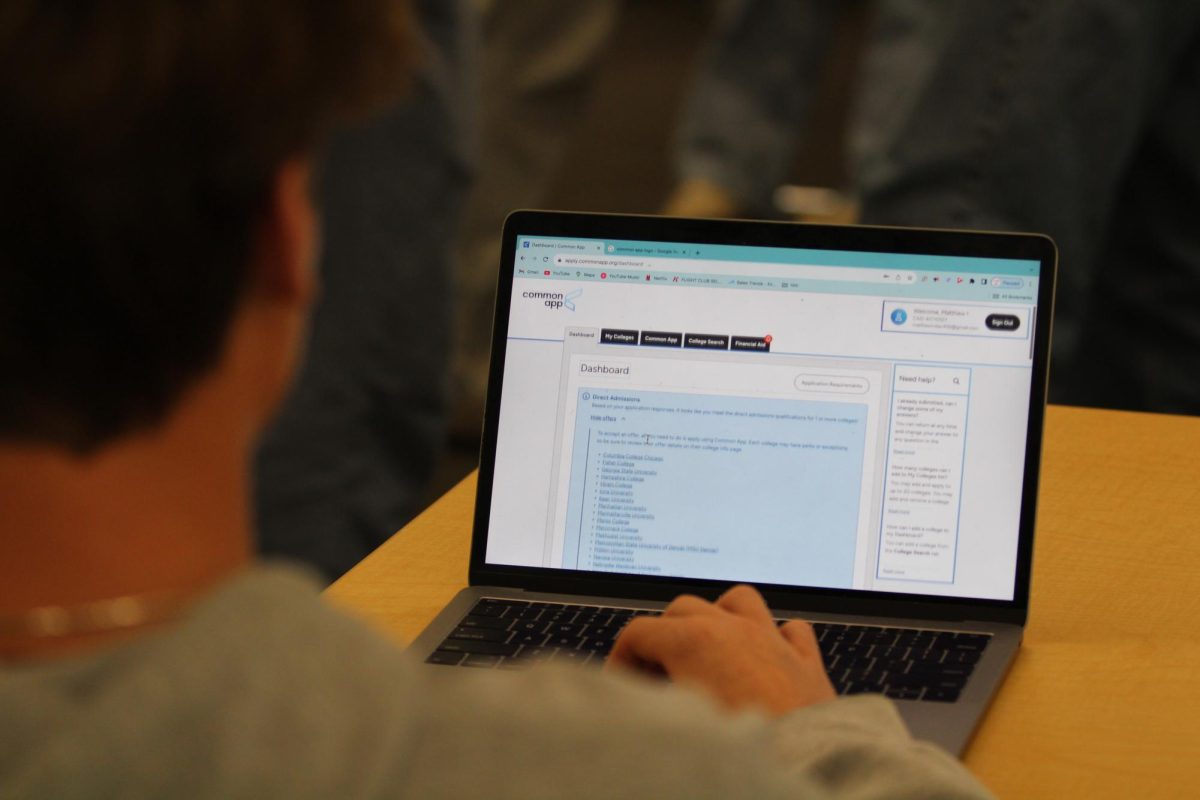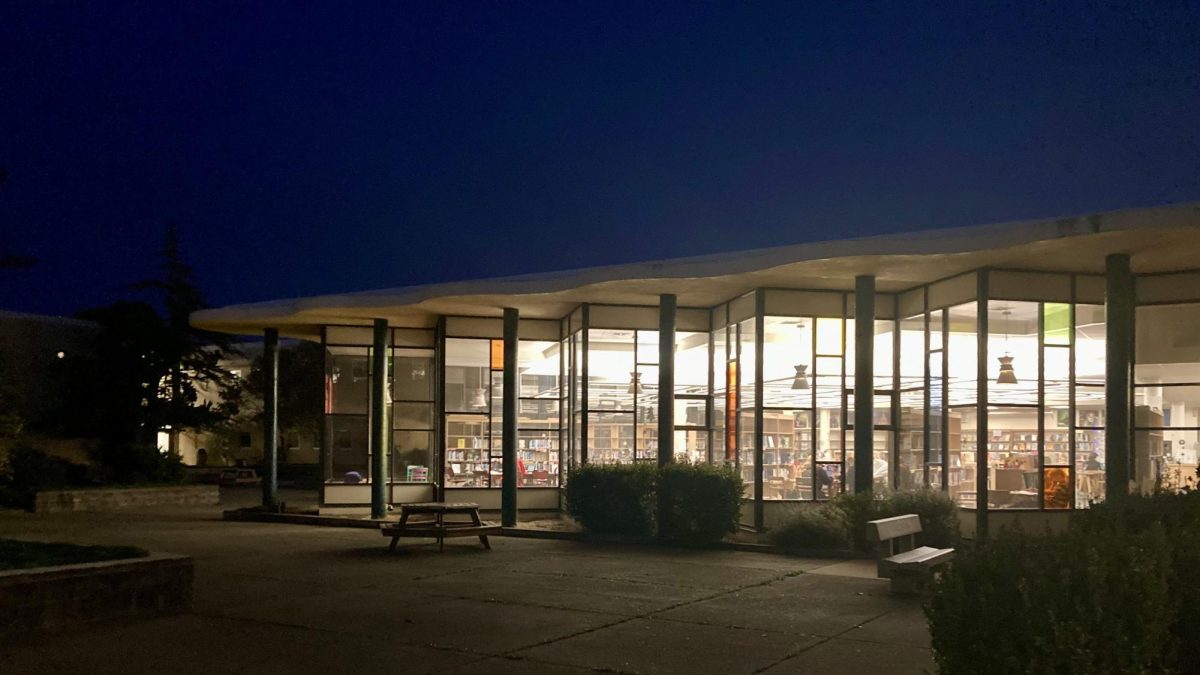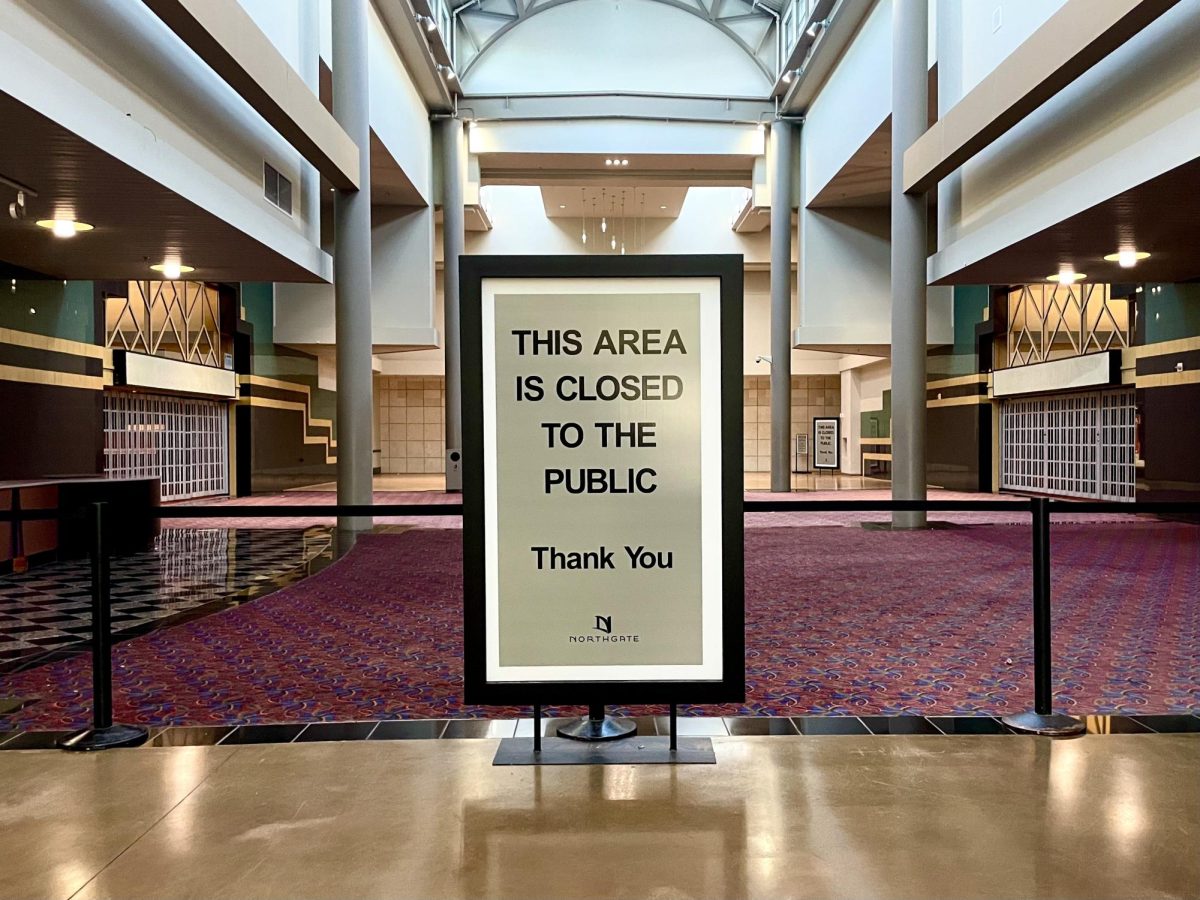Junior Matthew Moser recently placed fourth in the Biomedical and Health Sciences (BMED) category at the Intel International Science and Engineering Fair (ISEF) in Pittsburgh, making him the first Redwood science student to ever place internationally.
Intel ISEF is the world’s largest international pre-college science competition. The annual fair unites over 1,700 of the world’s most promising high school science students, giving them the chance to present their work on an international level for scientific review and recognition and to compete for over $5 million in prizes.
The 2015 fair was held at the David L. Lawrence Convention Center in Pittsburgh, Pennsylvania between May 10 and 15.

Moser’s award-winning project, titled, “The Metalloprotease Inhibitor, 1, 10-Phenanthroline as a Lead for Finding Drugs to Kill Microfilariae and Adult Brugia pahangi,” sought to combat the parasitic disease Lymphatic Filariasis, more commonly known as Elephantiasis. Lymphatic Filariasis, characterized as the irreversible hardening and swelling of lymph node tissues, is present in African, South American, and South East Asian countries, and currently affects 120 million people worldwide. About 1.4 billion more are at risk.
“I really wanted to do something to have people live a better and fuller life,” Moser said. “No one deserves to have this disease. If you look at the pictures, it’s hard to look at because you see people with engorged legs, genitalia, arms and limbs, and it’s hard to live that way.”
Moser was one of three other students to be awarded fourth place at Intel ISEF out of the 150 who attended for his category. According to Moser, the student who placed first for BMED was a 15-year-old Canadian business owner who won a $50,000 prize.
Moser also won money and was awarded a finalist ribbon.
Using the results from his project, Moser hopes to prevent those at risk from contracting the disease in the first place. Through his study of the parasitic worm Brugia pahangi, which causes the disease, Moser was able to inhibit the worm through his compounds and stop its proteolytic enzymes from breaking down, ultimately killing the adult parasite.
“I proved two things,” Moser said. “The first is that we can infer that metalloproteatic enzymes are present in Brugia pahangi worms, and by using this compound, 1, 10-Phenanthroline, we can inhibit those specific enzymes, and stop the worms from molting, growing and thereby killing these worms which would allow people to not get this disease.”
Moser described his experiment as the prelude to an actual cure.
“What I’ve done is found a short term solution to prevent the disease, and if we can cut down the cases by a considerable amount, that would allow researchers a longer period of time to take more extensive and detailed experiments and fully cure it,” Moser said.
Prior to being awarded, all finalists were judged on their experiments through a series of 15-minute, one-on-one interviews over the course of nine hours. Moser participated in approximately 11 interviews.
“The first time I was nervous, so my first interview did not go well,” Moser said. “But then after that it was smooth sailing. The reason I might have won fourth is because I had personality. I made jokes, I made them laugh and smile, and I made myself seem as good as the project that I was presenting. I wasn’t just a science student in a research lab, I was an actual person trying to make a change with something important to provide.”
Another reason why Moser believes he impressed the judges lies in the way he formatted his title.
“I didn’t have the effect of blank on blank as my title. That is typical and the judges don’t like that,” Moser said.
Moser said that his primary source of inspiration for this particular project stemmed from his parents, both of whom are parasitologists.
“At a young age I was exposed to the wonders of the parasite world,” Moser said. “No one likes parasites, let’s be honest. But when my family talks at dinner, we don’t ask about each other’s day, we talk about the tapeworms and parasites that we’re eating out of! It’s just in my family life.”
Despite his overwhelming knowledge of parasites, Moser got a bit stumped when asked the question, ‘What is your favorite parasite?’
“In my own morbid sense, I have a few favorite parasites,” Moser said. “Schistosomiasis, Anisakiasis, and of course Brugia, because it causes such a bad disease and it needs to be stopped.”
Above all, Moser enjoyed meeting people with similar interests at the fair.
“I loved meeting different people,” Moser said. “Regardless of what their focus may have been, their dedication to what they do and how much everyone wanted to help the world really united us. I found my nerd herd!”
Moser felt most inspired by four Nobel Prize laureates who conducted a three-hour seminar during his time at the fair.
“That seminar was what made me want to do my further study,” Moser said. “When I first got to the fair, I was pretty intimidated by everyone and had a lot of self doubt, but after hearing what they had to say, their struggles and their triumphs, I really thought I could make an impact, I can make a change and make at least one person live a better life.”
Moser plans to return to UCSF to conduct two further studies this coming summer.
Moser’s first further study plans to investigate the drug 4,7-Dimethyl-1,10-phenanthroline, which is currently being tested by the Food and Drug Administration (FDA) as a treatment for eye cancer. Moser plans to put the drug through his experiment to see if he obtains similar results. If he does, he will re-present it to the FDA as a dual usage drug to prevent eye cancer as well as Lymphatic Filariasis.
In his second further study, Moser plans on combining his compound with existing preventative drugs in a further attempt to kill all of the adult disease causing worms and catch the FDA’s attention. There are currently existing drugs on the market used in African countries which aim to prevent Lymphatic Filariasis, but none of them kill any of the adult worms.
“It would take a while. Drug development is one of the most tedious aspects of research science, but that’s why I really want to work hard over the summer,” Moser said. “If we’re able to just add this FDA approved concentration of 1, 10-Phenanthroline into my compound, then that would be a crucial next step.”
Moser hopes other Redwood students follow in his footsteps and qualify for the international competition. To him, that path can only start to carve itself out with good mentors and teachers.
“I would have loved to see other science teachers take an interest in what their students are doing outside of school because when we’re at school, teachers see one side of a student,” Moser said. “I want the teachers to view themselves not as teachers, but as role models.”
Moser said that his most memorable teacher was his eighth grade science teacher, Ms. Downing.
“She was the one that grounded my foundation and encouraged me to reach for the stars, and said even if I fall then I can use a parachute, possibly a fancy one that I engineer, and parachute back into the world of parasitology!”





